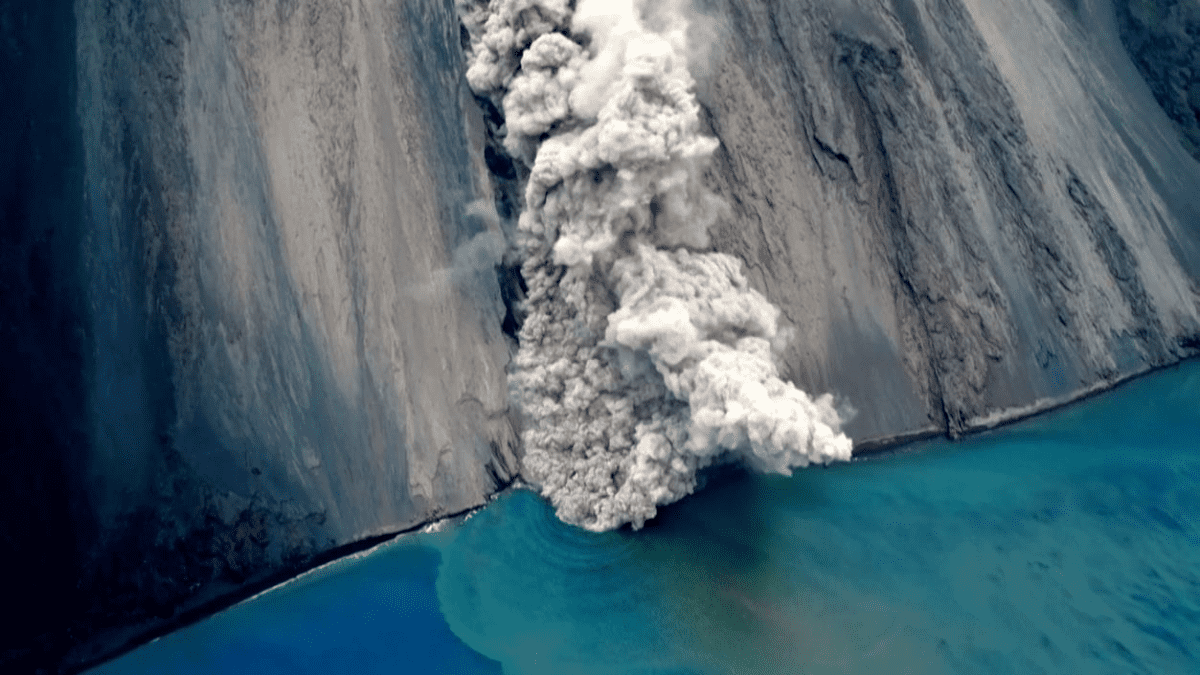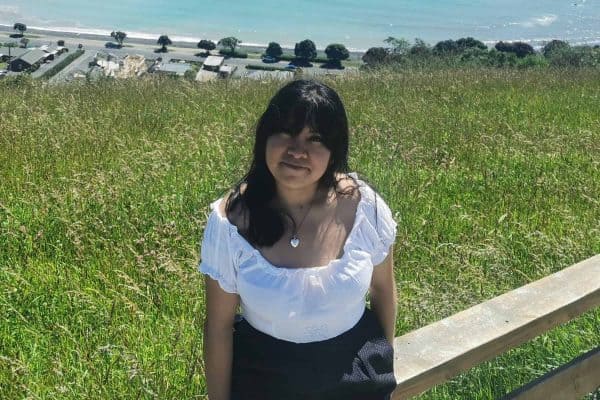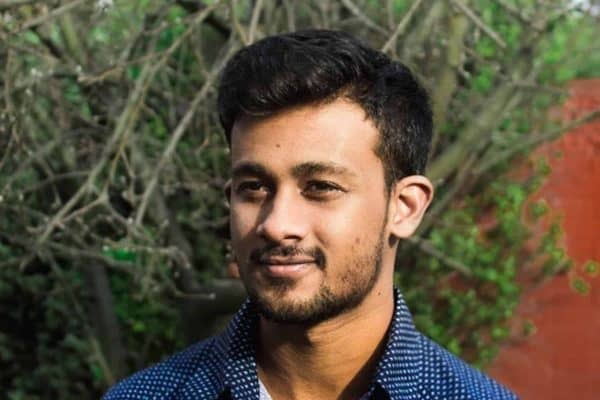The interaction of Pyroclastic Density Currents with water bodies – A large scale experimental approach
I am a French student originally coming from the outskirts of Paris. I have studied mostly geology, geochemistry, and volcanology during my undergraduate degree, for 3 years at La Sorbonne Faculté des Sciences (Sciences Faculty). I learned a lot about sedimentation processes, coastal variations and general volcanology through many classes and fieldtrips. For instance, I had the chance to spend 10 days in the French Alps to map an entire area of several square kilometres, and to go to Italy to observe real time eruptions from Stromboli volcano.
Since then, I have done my Master’s degree in natural hazards at the Institut de Physique du Globe de Paris, for the first year, and finally obtained my geophysics graduation with honours during my second year. Through this Master’s, I have studied a lot of geophysical processes that are occurring on Earth, particularly geological fluid dynamics (from viscous fluid to very turbulent ones), and done a lot of modelling related to gravitational data and experiments on Pyroclastic Density Currents. Following my graduation I did a 6-month lab internship where I studied the formation of secondary plumes during a pyroclastic density current. It was very hard, but I made it!
I then made spontaneous PhD applications to scientists around the world and Gert Lube’s field of research appeared to be fitting exactly what I was looking for. After a whole year of different troubles related to the border closure, I finally landed in New Zealand on September 3, 2022.
Apart from geophysics, I am a huge fan of music, being myself a drummer and therefore I always try to work with music. It helps me to focus and to always stay relaxed at work. I’m also definitely a fan of Mother Nature herself, so I am enjoying the country and all the hikes around me. My last one was the Tongariro Alpine Crossing and it was, so far, one of my favourite hikes ever!
My Project
My project is focusing on how Pyroclastic Density Currents (PDCs) can generate tsunamis. Past eruptions have shown that this is common during coastal and submarine eruptions (Krakatau in 1883 for example) and unfortunately can lead to numerous casualties.

I am using the the Pyroclastic flow Eruption Large-scale Experiment facility (PELE) experimental device at Massey University. It has the largest and most complex setup to replicate as realistic as possible natural PDCs, and a large water tank to observe these kinds of interactions.
The main goal of the project is to obtain the most accurate data on how PDCs behave on the water surface and what are the measurable and modellable physical processes from PDCs-water interactions. This will help us predict, as much as possible, if and how a PDC would be generating a tsunami after travelling on the sea. For reference, during volcanic eruptions, tsunamis represent 20% of the total casualties in historical records and PDCs around 33%. So, these two phenomena combined represent more than the half of the historical death toll. Hence, it’s necessary to study both phenomena to protect populations from volcanic risks.
Next Steps
A first test experiment was conducted on November 15, 2022 and we are currently analysing the data. The project is being funded by MBIE through the Resilience Challenge and Beneath the Waves: Preparedness and resilience to New Zealand’s nearshore volcano hazards.




